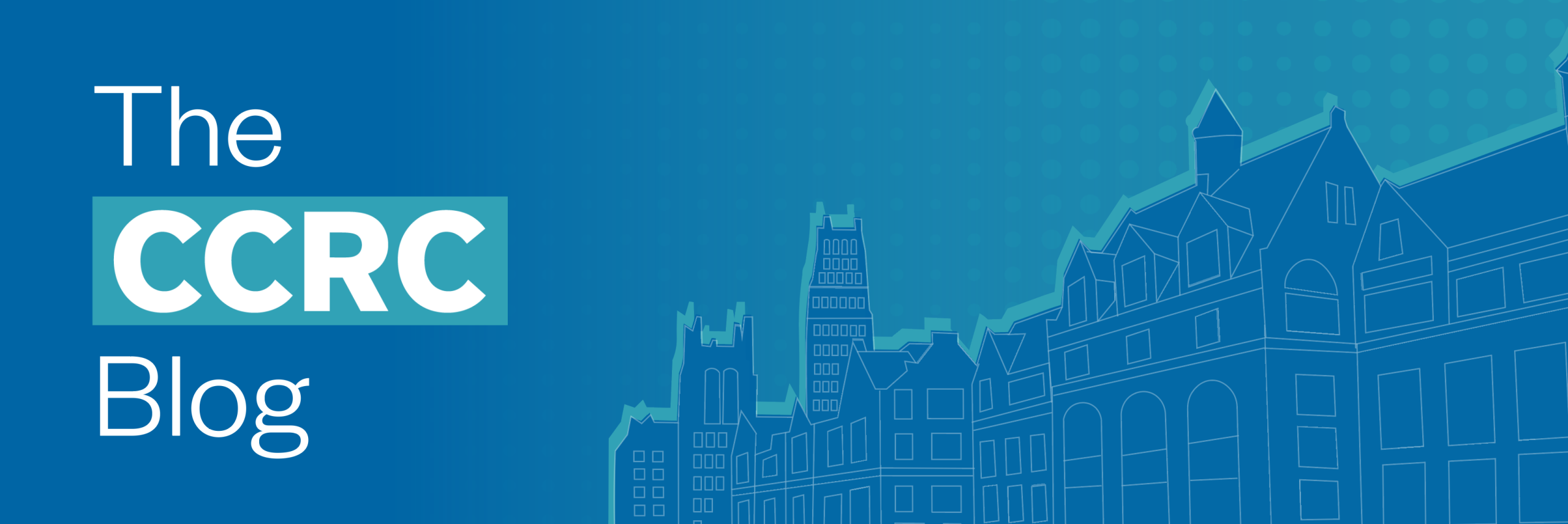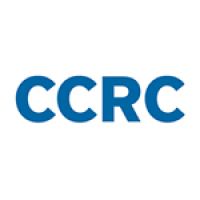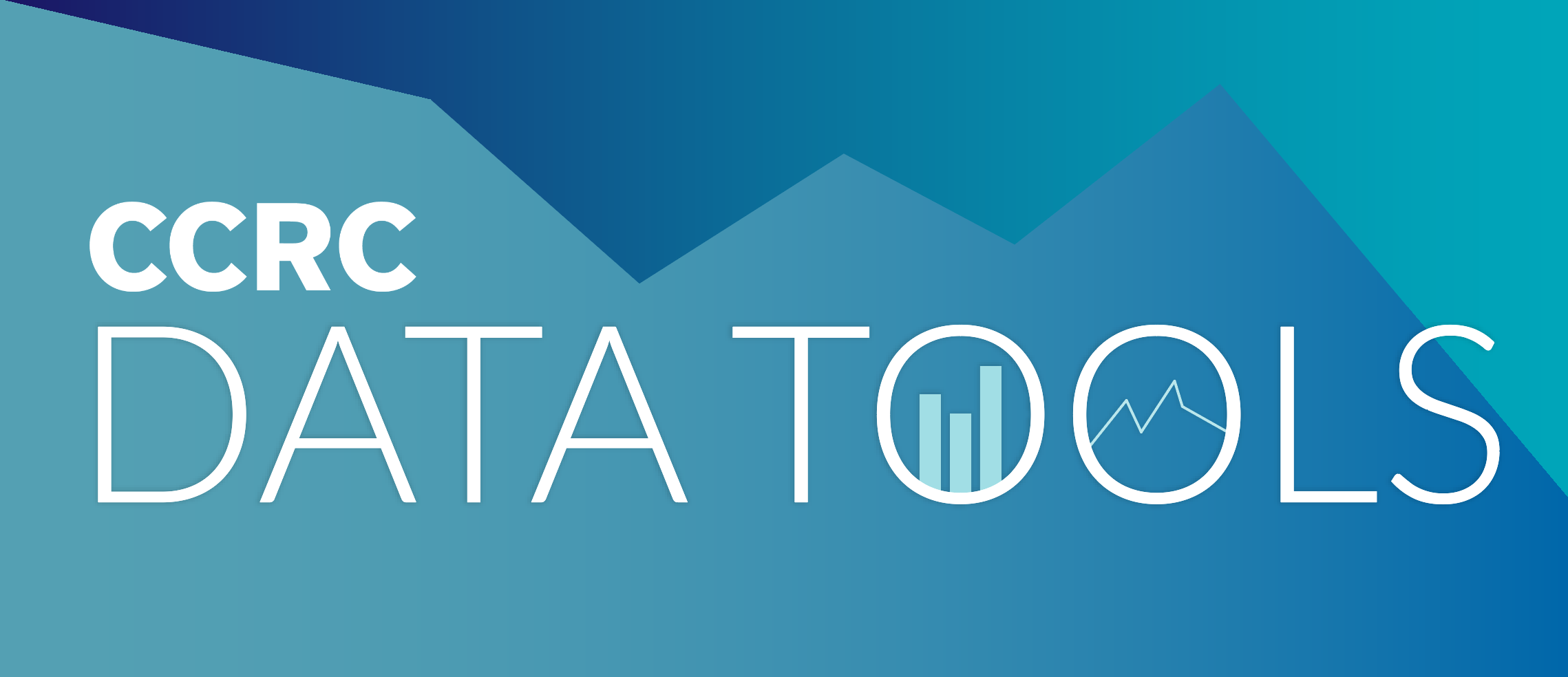By Jessica Brathwaite, Maggie P. Fay, and Adnan Moussa
Recognition that traditional systems of remediation in math don’t work for the majority of students has informed nationwide reform efforts to address obstacles to student success, including inaccurate systems of assessment and placement; long multi-semester course sequences; and decontextualized math instruction that is irrelevant to students’ fields of study. While some of these reforms are associated with improved outcomes for community college students in the aggregate, they fail to close gaps in postsecondary performance between more privileged and less privileged students. In a new working paper, we argue that reforms to developmental mathematics fail to fix that gap because they are not designed to address the specific challenges that less privileged students encounter. They may “raise all boats” but often do little to reduce inequities between students of color and other underserved students and their more advantaged peers.
Research suggests that Black, Latinx, and other underserved students are most successful in mathematics when active efforts are made to address specific factors that contribute to inequity. These factors include stereotype threat and math anxiety, implicit biases of instructors, and tracking. While there are other causes of inequities in mathematics achievement, these factors—though not always easy to change—are within institutions’ control.
- Stereotype threat and math anxiety. General reforms to developmental math do not address the specific struggles that can leave underserved students feeling inadequate and unable to excel. Writing in the Hispanic Journal of Behavioral Sciences, Tara Stevens and her colleagues found that students have deeply held beliefs about their ability to be successful in math, and academic progress can be shaped by these beliefs. Stereotype threat and math anxiety may be mitigated by course materials and pedagogy that increase students’ sense of belonging and efficacy.
- Instructor bias. Whether conscious or not, bias can lead instructors to lower their expectations of students’ mathematics abilities, especially for students of color. Writing in the Journal of Diversity in Higher Education, Guy Boysen and his colleagues found that instructor bias in college classrooms is often more subtle than overt, suggesting that instructor bias may be expressed through microaggressions. Research suggests that creating an instructional culture in which math teachers believe that all students can do well in math and hold high expectations for all students can mitigate some of the biased treatment underserved students receive, positioning teachers as allies rather than obstacles to achievement.
- Tracking. Tracking is the practice of separating students and putting them on different academic trajectories based on their perceived abilities. It is a structural factor at both the K-12 and college levels that, if removed, could improve the outcomes of underserved groups. Dispensing with pre-college developmental math courses and starting all students at college-level with integrated remedial support (as is done in the corequisite developmental approach) has the potential to address inequities associated with tracking, which is pervasive throughout the current system of math course-taking.
Ideally, these changes would begin at the K-12 level, but many of the obstacles faced by underserved students can also be addressed through changes in postsecondary policy and practice. Based on research we have reviewed on math obstacles experienced by underserved students, we recommend that colleges:
- Create and use developmental and college-level math curriculum and instruction that affirms students’ math ability and improves their confidence.
- Engage in student-centered instructional practices that encourage conceptual understanding of math and give students a sense of ownership over their own learning.
- Provide professional development to faculty to help identify and remediate instructor biases.
- Develop policies and practices that prevent the tracking of underserved students into less rigorous math courses and/or developmental education.
- Consider ways to increase access to STEM courses for Black and Latinx students.
Colleges should create specific equity goals and implement reforms that can mitigate factors that contribute to inequity. Pedagogical and curricular innovations have the potential to reduce or eliminate inequities in developmental math placement and completion. Yet it is also the case that equity-minded changes in policy and practice are deeply entwined with cultural change. Therefore, efforts aimed at equity must address underlying values and assumptions of faculty and administrators in community colleges. Engaging in such efforts is a challenging undertaking. But if colleges prioritize equity as a goal, they will move closer to ensuring that all students have an equal opportunity to excel in college math.
Jessica Brathwaite is a senior research associate at CCRC. Maggie P. Fay is a research associate at CCRC. Adnan Moussa is a senior research assistant at CCRC.





